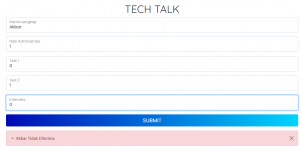26 Best Real Life Chatbot Examples Well-Known Brands
Explore all that hotel chatbots can do for your business. This is the best way to future-proof your hotel from the ever-changing whims of the economy and consumer marketplace. There are many examples of hotels across the gamut of the hotel industry, from single-night motels in the Phoenix, Arizona desert to 5-star legendary stays in metropolitan cities. For example, The Titanic Hotels chain includes the 5-star Titanic Mardan Palace in Turkey. This uses the Asksuite hotel chatbot for improved bookings and FAQ pages.
Satisfaction surveys delivered via a chatbot have better response rates than those delivered via email. Responses can be gathered via a sliding scale, quick replies, and other intuitive elements that make it incredibly easy for guests to provide feedback. The hotel checkin process is a major pain point for travelers. Getting stuck in line behind a group of other guests is never fun, especially when the checkin process is long. Retail, healthcare, and finance industries gain the most. For instance, retail uses them to sell healthcare for patient help and finance for better customer service.
Experience the revolution of hotel chatbots today with Floatchat. One of the key benefits of AI-powered chatbots is their ability to offer instant responses and 24/7 availability. Guests no longer have to wait for a live agent to address their queries or concerns. Whether it’s requesting room service, asking for local recommendations, or inquiring about hotel amenities, hotel chatbots like Floatchat can provide immediate and accurate information. With hotel chatbots, hotels can provide immediate, personalized customer service to their guests any time they need it. This gives guests added peace of mind, improves customer satisfaction, and establishes trust.
The possibilities offered by chatbot technology are endless. A Sephora chatbot on Kik can give you product recommendations. FAQ bots answer questions and Messenger chatbots can enhance your Facebook page. When customers have to browse through many options to look for the right deal, it’s always better to do it with bots. That’s why real estate businesses and chatbots are a match made in heaven.
This allows answer more and more doubts and questions, as users ask them. For such tasks we specifically recommend hotels deploy WhatsApp chatbots since 2 billion people actively use WhatsApp, and firms increase the chance of notification getting seen. At Marriott, AI isn’t just a tool, it’s part of the guest experience. They use it to understand and predict visitor preferences, making stays uniquely personal. This approach brings a blend of tech innovation and the brand’s signature hospitality.
However, a virtual date with Kuki (Mitsuku) turned out to be less successful. During an event called Bot Battle, the two AIs were talking for 2 weeks straight. Their conversation was streamed live and the viewers voted for the smarter chatbot. After years of research, Facebook built their own open-source chatbot AI. It’s called BlenderBot because it can blend different conversational skills. If you are eager to play around with chatbots right here and now, visit our chatbot templates library.
Say goodbye to lengthy booking processes – our hotel chatbots simplify and expedite reservations. Powered by Floatchat, our AI-powered virtual assistants provide a seamless booking experience for guests, saving them time and effort. With our chatbot technology for hotels, guests can easily search for available rooms, compare prices, and make bookings effortlessly, all within a single conversation. Powered by advanced AI, our hotel chatbots excel in understanding natural language and context. This cutting-edge technology allows our chatbots to comprehend and interpret guest queries, irrespective of their wording or phrasing. This means that guests can interact with our chatbots naturally, just as they would with a human staff member.
Meena is a revolutionary conversational AI chatbot developed by Google. They claim that it is the most advanced conversational agent to date. Its neural AI model has been trained on 341 GB of public domain text. Mitsuku is the most popular online chatbot and it won the Loebner Prize Turing Test four times.
They chat with you and collect information from your social media accounts to learn everything there is to know. A Replika chatbot is like a therapist that listens to you chatbots for hotels and takes notes. Facebook developers claim to have beaten Google’s AI chatbot. Reportedly, 75% of users preferred a long conversation with BlenderBot rather than Meena.
Because clients travel from all over the world and it is unlikely that hotels will be able to afford to hire employees with the requisite translation skills, this can be very helpful. These emerging directions in AI chatbots for hotels reflect the industry’s forward-looking stance. They also highlight the growing importance of artificial intelligence shaping the tomorrow of visitors’ interactions. Oracle and Skift’s survey further reveals a consensus on contactless services. Over 60% of executives see a fully automated hotel experience as a likely adoption in the next three years.
Unlocking Success: The Power of WhatsApp Marketing Tools
The chatbot was developed by Bruce Wilcox and his wife Sue Wilcox (he is the programmer, she is the writer). Wilcox believes in chatbots with sparkling personalities. It stirred much controversy because of a hoax perpetrated by parents concerned with child safety.
They’re great for upselling and personalized recommendations, which are known to increase the average spend and improve guest retention. In a world where over 60% of leisure travelers now prefer Airbnb to hotels, hotels need to find ways to stay competitive. People often choose Airbnb for its price point, larger spaces, household amenities, and authentic experiences.
Dynamic Responses
It’s a strategic move by the hotel, showing its commitment to integrating cutting-edge technology with guest-centric service. Integrating ChatGPT into our hotel chatbots allows us to offer guests prompt and accurate answers to their queries. Our hotel chatbots evolve and learn continuously, providing personalized experiences based on guest preferences. With Floatchat, we understand the importance of tailoring interactions to each guest, ensuring their stay is seamless and memorable.
- Supported by a hotel chatbot, your front desk can focus on providing the best experience while guests can receive the information they need.
- Almost half of female online shoppers prefer chatbots over men, at 37%.
- Insomnobot 3000 is just the right amount of original, funny, and outlandish.
- It is the predecessor of Tay and one of the most recognizable girl chatbots of the era.
- Such capability allows for strategic improvements, catering to guest preferences more effectively.
- Since website UX/UI is very important in consumer engagement, many businesses (about 39%) now use digital bots to make their websites more interesting and engaging.
They can also provide text-to-speech support or alternative means of communication for people with disabilities or those who require particular accommodations. Chatbots help take the guest experience to the next level. They can help hotels further differentiate themselves in the age of Airbnb by improving customer service, adding convenience, and giving guests peace of mind. A well-built hotel chatbot can take requests like a seasoned guest services manager. They can be integrated with internal systems to automate room service requests, wake up calls, and more.
Hotel chatbots can also be used to streamline the check-in and check-out process. Hotel chatbots can enable guests to check in and out without waiting in line or filling out forms. The chatbots can verify the identity and payment details of the guests and provide them with the room number and key code. Hotel chatbots can integrate with various booking platforms and payment methods, making the reservation process seamless and secure.
The Other Side: Addressing the Limitations of AI Chatbot for Hotels
For instance, identifying the most commonly asked questions can lead to insights about opportunities for better communication. Data can also be used to identify user preferences to drive service improvements. For 58% of people, chatbots have changed what they expect from customer service.
Siri is available across all devices with iOS—like iPhones, iPads, or Macbooks. With over 1 billion iPhones alone, Siri has the highest number of active users—far more than Google Assistant, Alexa, or Cortana. Companies like L’Oréal use it to reduce the workload of their HR department. The initial screening helps to filter out the most promising candidates. They can later be reached by HR professionals to finalize the recruitment process.
Still, the technology is slightly old and, reportedly, pales by comparison with some new solutions from Google. Mitsuku scores 23% lower than Google’s Meena on the Sensibleness and Specificity Average (SSA). However, the metric itself was designed by the Google AI team—which means it could be slightly biased. Google and Microsoft are racing to develop products that harness AI to automate busywork, which might make other AI-powered assistants obsolete.
With Floatchat, business travellers can streamline their travel experience, saving valuable time and ensuring a seamless stay. You might have trouble setting up a chatbot for your hotel because it might disrupt your focus on the business. You can foun additiona information about ai customer service and artificial intelligence and NLP. Hotel Chatbot are a cost-effective way to improve guest service while reducing costs. AI chatbots are also designed to provide personalized service to guests.
These chatbots can also upsell and cross-sell additional services and amenities, such as spa treatments, dining options, or tours. The future also points towards personalized guest experiences using AI and analytics. According to executives, 51.5% plan to use the technology for tailored marketing and offers.
By streamlining the booking process, our chatbots eliminate the need for guests to navigate through complicated websites or wait on hold for a reservation agent. A hotel chatbot is an artificial intelligence (AI) application designed to engage with hotel guests and provide personalized assistance through chat interfaces. These automated systems leverage natural language processing and machine learning to understand and respond to guest inquiries or requests. In the hospitality sector, hotel chatbots have proven to be game-changers. They streamline operations and elevate guest experiences significantly.
Reducing repetitive tasks and improving efficiency are also some of the many benefits of check-in automation. To learn more about other types of travel and hospitality chatbots, take a look at our article on Airline chatbots. Almost all businesses, around 96%, believe that AI chatbots will stick around. Almost half, around 47%, of organizations plan to use chatbots to help customers by the end of 2021.
On average, chatbots get about 35-40% of people to respond. Some big companies (24%), medium-sized ones (15%), and small businesses (16%) are using chatbots right now. It’s quite surprising how increasingly popular these chatbots have become. Based on available data, chatbot usage has seen a 92% increase since 2019, meaning they are now the fastest-growing medium of brand communication. One-third of people want to book services and amenities through a chatbot. A properly designed chatbot system can handle 80% of simple user queries without issues.
This not only caters to guests’ individual needs but also contributes to a more memorable and tailored experience. HiJiffy is a hotel chatbot solution that aims to boost direct bookings, enhance guest communication, and automate repetitive tasks. Conversational AI powers this chatbot, which specializes in hospitality and can provide instant answers to guests’ queries in multiple languages.
Overall, AI chatbots are a great way for hotels to reduce costs while simultaneously improving customer service. Not only can they save time and money, but they also create a more engaging and enjoyable experience for customers. By leveraging the power of AI, hotels can stay ahead of the competition and give their guests the best possible service.
About two-thirds of most financial companies have added chatbots to their apps. Around $5 billion was expected to be invested in chatbots by the end of 2021. Almost one-fourth of the world’s population was estimated to use chatbots by the end of 2019. Around 16% of Americans have tried using chatbots like Alexa or Google Home while shopping. The top AI chatbots for work are Microsoft Cortana (49%), Apple Siri (47%), and Google Assistant (23%). Around 1.4 billion folks use messaging apps and enjoy chatting with chatbots.
If done right, a great chatbot can even be a deciding factor when it comes time to choose between a rental property and a hotel. Unlike human staff, chatbots are available 24/7, ensuring round-the-clock assistance for guests. This constant availability is invaluable for handling reservations, providing information about amenities, and addressing customer queries at any time of the day or night. This contributes to an enhanced customer experience and builds trust in the brand’s commitment to customer satisfaction.
It’s designed to automate guest service tasks in the hospitality industry, such as making reservations, providing information about hotel services, and answering common questions. Did you know that chatbots can also offer multilingual support? If you’re catering to guests in different countries, you can rely on chatbots instead of hiring multilingual staff.
The company, which sells mattresses and sheets, prepared a funny bot to get publicity. Chatbots can sometimes become friends or even therapists. They can have their own personality and become a soul mate for people who are going through a tough time in their life. It was built by Existor and it uses software created by Rollo Carpenter. Eviebot has become a viral phenomenon after YouTubers started flirting with her and recorded their efforts.
Chatbots have exploded onto the scene, projected for incredible growth as conversational AI transforms customer engagement. Forecasts estimate the global chatbot market will exceed $10 billion by 2025 as adoption rates multiply across sectors. Recent surveys reveal that 67% of consumers already utilize chatbots for quick, seamless interactions. That number is likely to rise, with 86% stating positive chatbot experiences.
The company used the character of a famous scientist to promote their app for creating AI chatbots. Chirpy Cardinal utilizes the concept of mixed-initiative chat and asks a lot of questions. While the constant questioning may feel forced at times, the chatbot will surprise you with some of its strikingly accurate messages. Its chatbot uses speech recognition technology but you can also stick to writing. The chatbot encourages users to practice their English, Spanish, German, or French.
Master of Code Global specializes in custom AI chatbot development for the hospitality industry. Our services range from initial consulting to fine-tuning and optimization, ensuring quality maintenance at every stage. We focus on creating user-friendly and efficient solutions tailored to each hotel’s unique demands. Live chat and chatbots serve distinct roles in the hospitality industry.
Hospitality industry bets big on AI and chatbots; rakes in moolah – Bizz Buzz
Hospitality industry bets big on AI and chatbots; rakes in moolah.
Posted: Sat, 22 Apr 2023 07:00:00 GMT [source]
Oracle highlights the importance of comfort, control, and convenience – key elements in modern customer support solutions. Live chat is particularly useful for complex or sensitive issues where empathy and critical thinking are essential. Despite the clear advantages of chatbot technology, it’s essential for hoteliers to fully grasp their significance.
- And Willbot looks like William Shakespeare and speaks Early Modern English.
- They intelligently suggest additional amenities and upgrades, increasing revenue potential.
- Simple but effective, this will make the chatbot hotel booking more accessible to the user, which will improve their experience and perception of the service received.
Next, we will navigate through the potential challenges and limitations inherent in this technology, offering a balanced perspective. Dive into this article to explore the revolutionary impact of AI assistants on the sector. Uncover their unique benefits, versatile applications, and future trends. Taking into account major pain points you face, we’ll demonstrate how integrating a chatbot in the hotel industry can elevate your service quality and client satisfaction to new heights. At InnQuest, we understand the importance of the challenges faced by businesses in the hospitality industry.
These innovative virtual assistants, such as Floatchat, are revolutionizing the way hotels interact with their guests. By integrating artificial intelligence into the hospitality industry, hotel chatbots provide seamless customer service and enhance the overall guest experience. Integrating your chatbot with existing hotel systems is crucial for optimizing its performance and providing guests with accurate and up-to-date information. This integration allows the chatbot to provide personalized recommendations, streamline the booking process, and efficiently address guest inquiries. Our hotel chatbots are always at your service, providing personalized interactions 24/7.
You can use modern hotel booking chatbots across all platforms of your digital footprint. Instead of paying fees or additional booking commissions, your hotel reservation chatbot acts as a concierge and booking agent combined into a single service. Every AI-powered chatbot will be different based on the unique needs of your property, stakeholders, and target customers. However, you should experience any combination of the following top ten benefits from the technology. Hotel chatbots can also guide guests, providing valuable and relevant information about the destination. These chatbots can offer suggestions and recommendations for places to visit, things to do, events to attend, and restaurants to try.
If you want to discover more chatbot examples and explore what they can do, create your free Tidio account. You’ll be able to access the templates and play around with the best free online chatbot builder. Unlike Chirpy Cardinal, who wants to chat for the sake of chatting, Siri is more concerned with getting things done. You can think about Siri as a voice-based computer interface rather than a separate entity you can talk to for fun. If you need to automate your communication with viewers, Nightbot is the way to go. However, if you need to add a chat to your website, you should consider one of the popular chatbot platforms.
The seamless integration enhances the overall guest experience and ensures effective communication. One of the most important uses is facilitating hotel reservations. Hotel chatbots can help guests find and book the best rooms for their stay based on their budget, preferences, and availability.

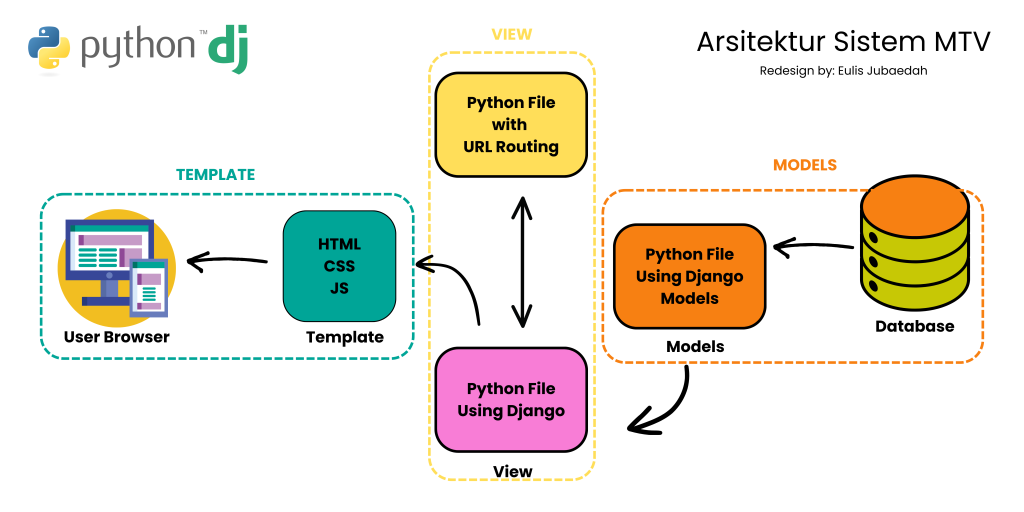
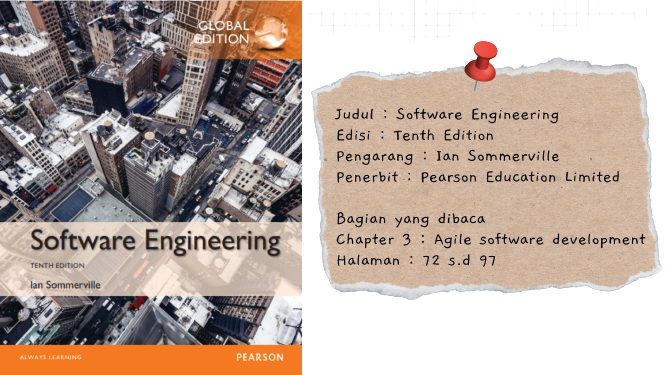
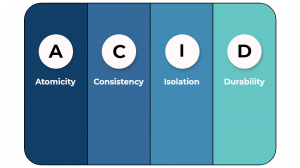
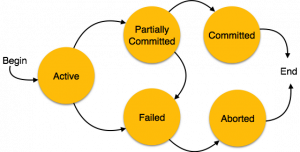
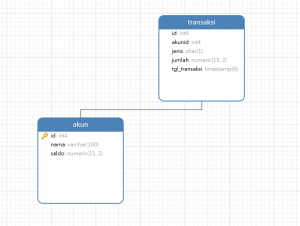

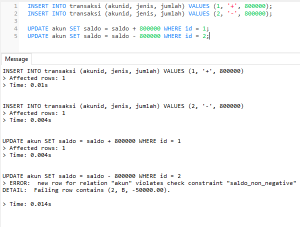






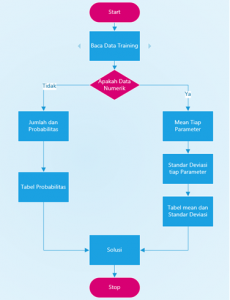 Gambar 1.1. Skema Naive Bayes
Gambar 1.1. Skema Naive Bayes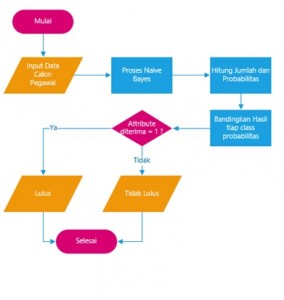 Gambar 2.1. Flowchart Sistem
Gambar 2.1. Flowchart Sistem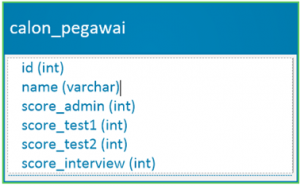 G
G G
G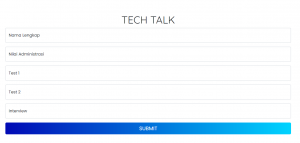 G
G
